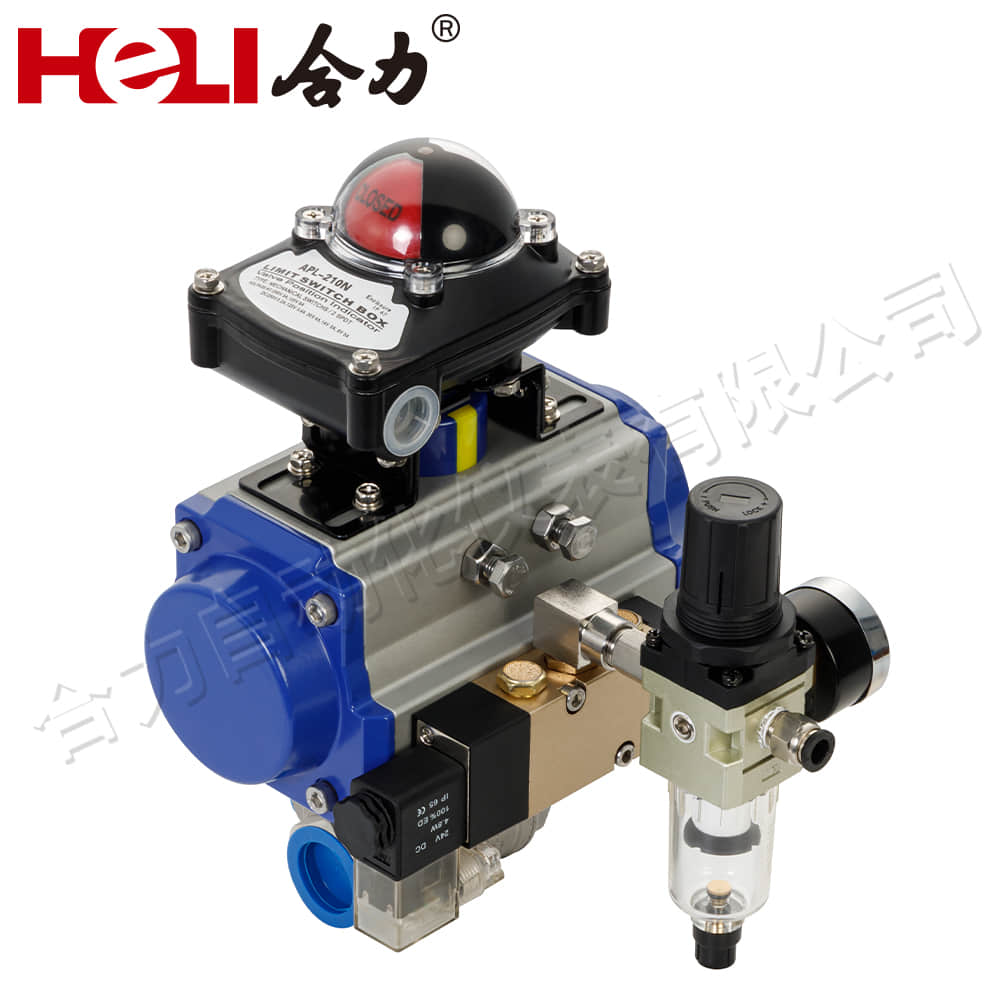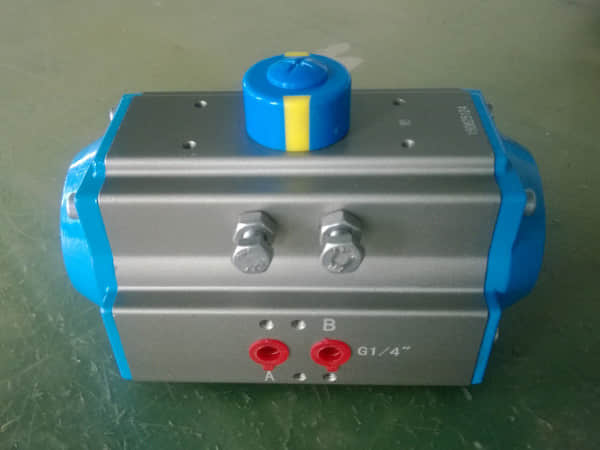what specific aspects of pneumatic actuators would you like to delve into? are you interested in their applications, types, or operational principles?
Release time:2024-10-14 15:48:20
Understanding Pneumatic Actuators: Mechanisms and Applications

Pneumatic actuators are integral components in many industrial and automation systems, converting compressed air energy into mechanical motion. Their versatility, reliability, and cost-effectiveness make them a preferred choice for various applications, from simple valve control to complex robotics. In this article, we will explore the fundamental workings of pneumatic actuators, their types, and their wide-ranging applications.

What is a Pneumatic Actuator? A pneumatic actuator is a device that uses compressed air to create motion. This motion can be linear or rotary, depending on the actuator design. The actuator operates by utilizing the pressure difference created by compressed air, which acts upon a piston or diaphragm inside a cylinder. When air is introduced into the actuator, it forces the piston to move, resulting in mechanical movement that can perform tasks such as opening or closing valves, moving machinery, or adjusting positions.
How Do Pneumatic Actuators Work?




